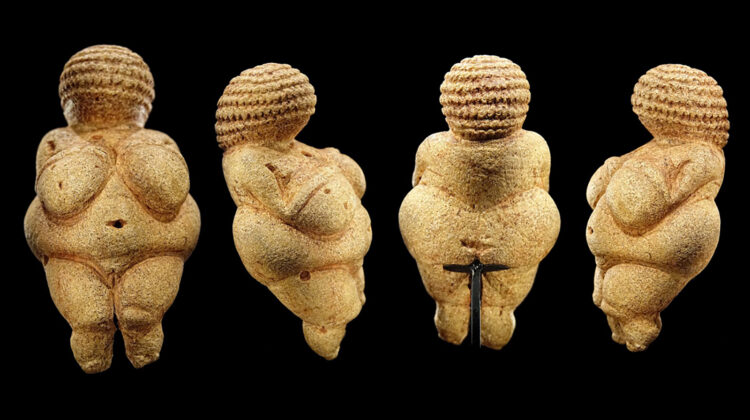
The enigmatic Venus Palaeolithic statues, characterized by their distinctive features such as voluptuous forms, a conspicuous absence of feet and faces, have long been a source of fascination for historians, archaeologists, and art enthusiasts alike. These ancient figurines, believed to date back thousands of years, continue to spark debates about their purpose and significance. One captivating theory suggests that these statues may have been crafted by women who fashioned them by looking at their own bodies from their unique perspective.
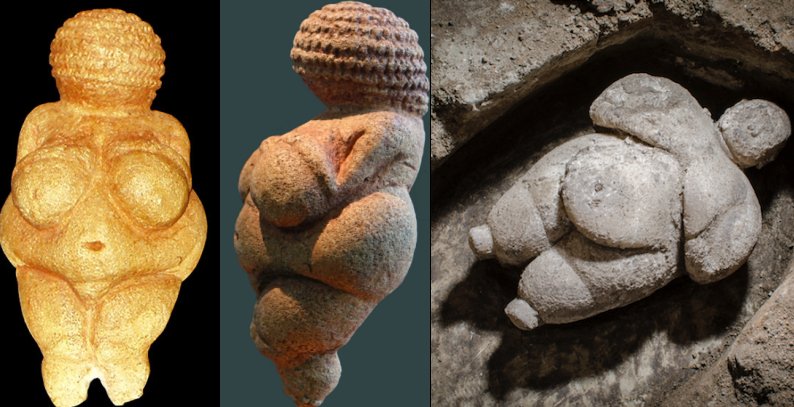
Intriguingly, during the Palaeolithic era, women would not have had access to the modern convenience of mirrors to assist them in achieving precise proportions in their sculptures. Instead, these prehistoric artists relied on their tactile senses and observations, creating figures that mirrored their own physicality. This perspective offers a fresh lens through which to view these remarkable creations.

The notion of women sculptors painstakingly crafting these statues, feeling their own bodies and replicating the shapes they knew intimately, adds a profoundly personal dimension to the Venus figurines. This theory not only sheds light on the potential creators but also provides a plausible explanation for why many of the Venus figures lack facial features.
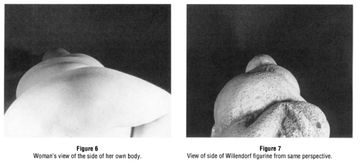
In a world without mirrors and photographic references, the sculptors may have focused on the aspects of the female form that they could explore through touch and direct observation – the curves, the swell of the breasts, and the fullness of the body. The absence of facial features may have been a deliberate choice, highlighting the focus on the physical aspects that were within their reach and understanding.
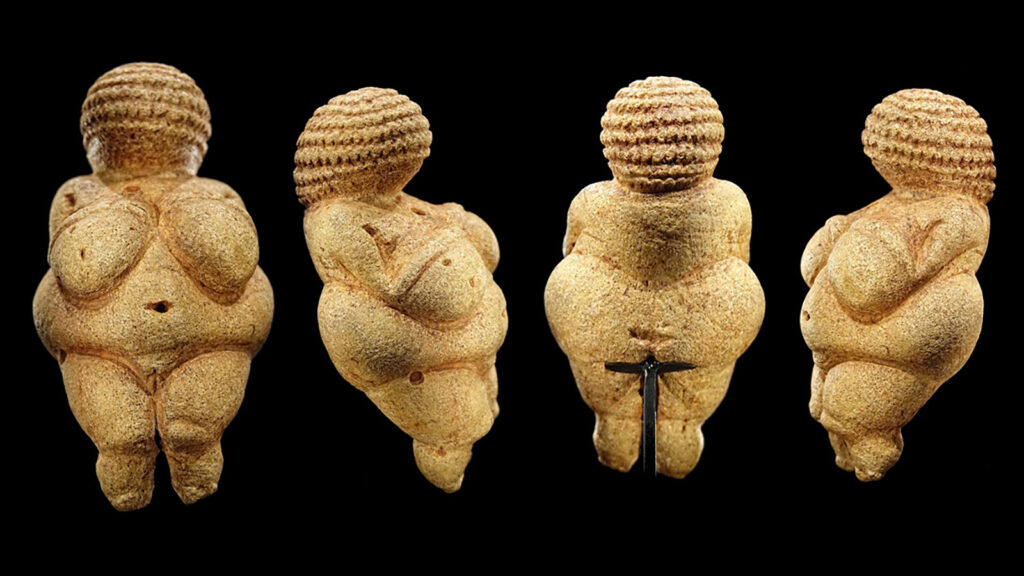
This theory invites us to contemplate the intimate connection between the artist and her creation. It suggests a form of self-expression through the medium of stone or clay, a tangible link to a bygone era when art was created not just for aesthetics but as a reflection of the artist’s own experiences and perspective.
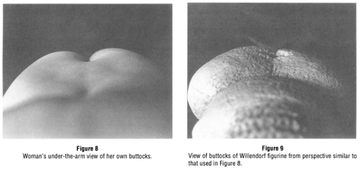
As we continue to unlock the mysteries of the Venus Palaeolithic statues, this theory adds depth to our understanding of these ancient works of art. It reminds us that art, even from the distant past, can offer profound insights into the lives and perspectives of those who created it, and in the case of the Venus figurines, perhaps, it’s a reflection of women shaping their own image in stone.

Leave a Reply